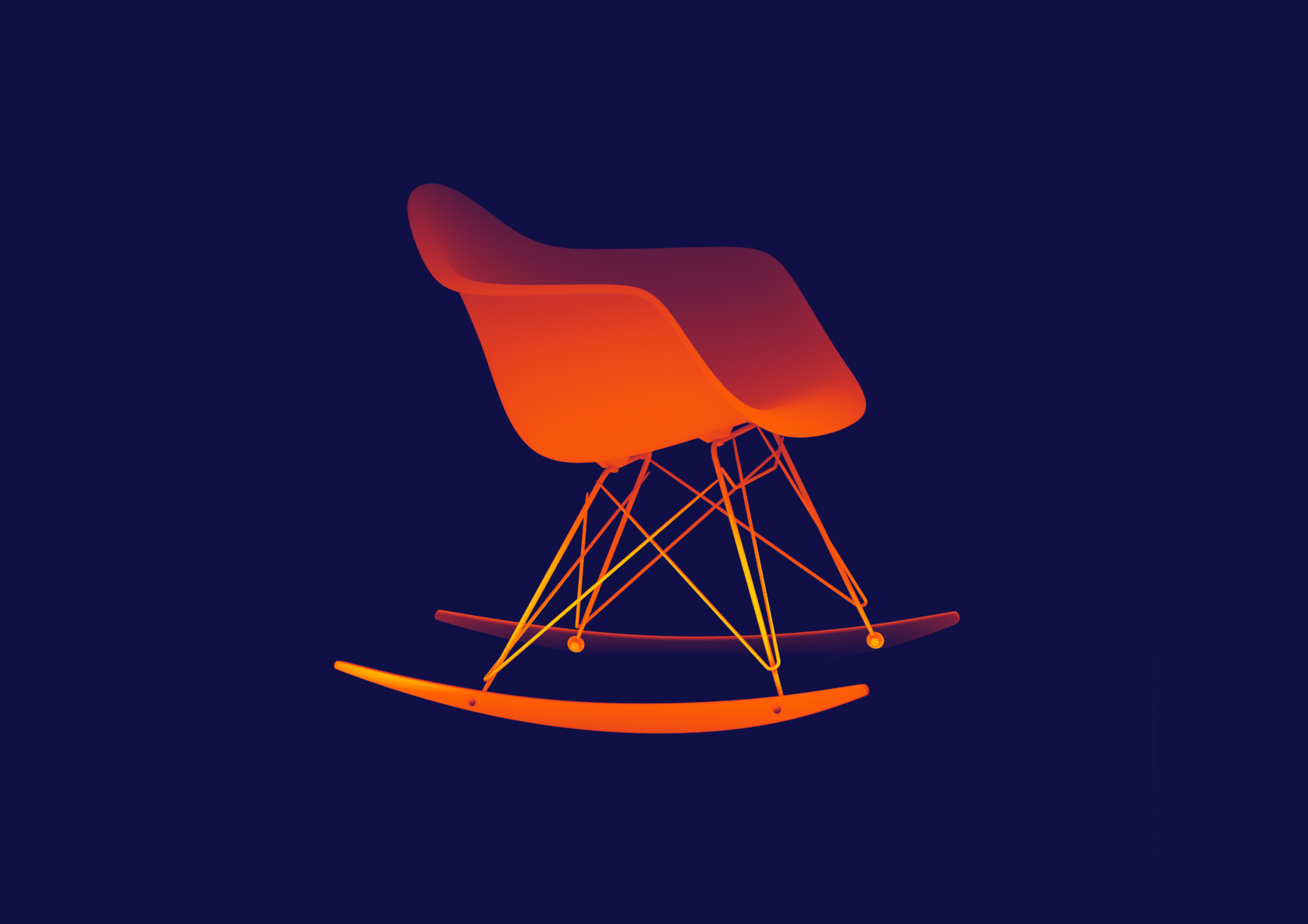In this tutorial I show my main workflow for UV-mapping or UV-unwrapping. This is for you who need to fix a ready made model with out or bad UVs.
To show the versatility of the technique I unwrap two different models, one box shaped model and one curve shaped model.
But the real speed trick is to set up your startup layout ready for unwrapping.
Since these are two models form the internet I don't really know how they are made. I have to fix bad normals, remove triangles, get weird flipped polygons, do some simple model fixing with pentool, untriangulate the mesh and then do the UV-mapping. I also get messages that says the model has bad polygons and more.
For the UV-mapping I often us the box algorithm. If that doesn't work I use frontal projection. For curved models it's best to cut the models in different parts by selecting the edge. I then use frontal and then I unwrap/relax the UV.











